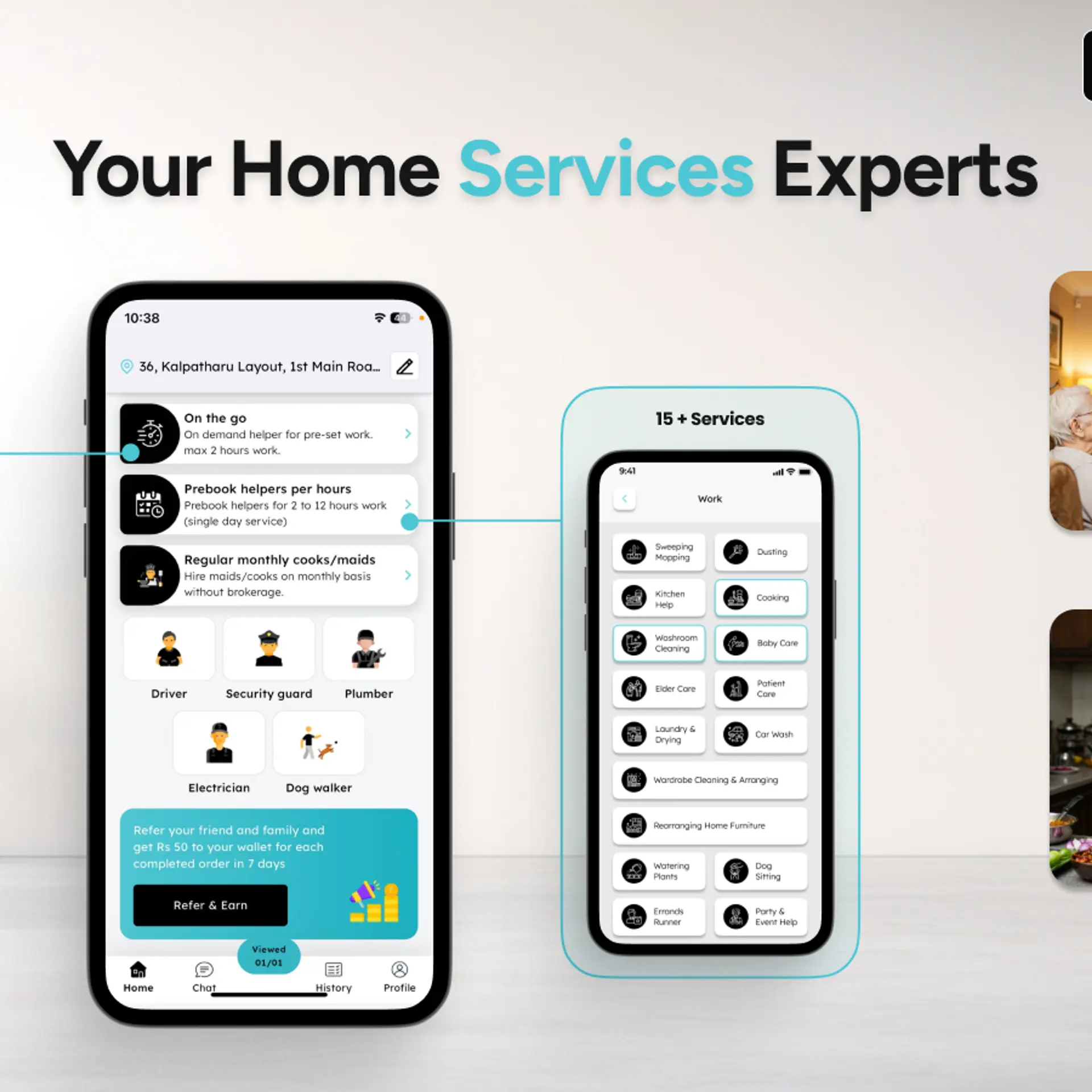How to master the art of sales and generate revenue for your business
Mastering the art of sales requires strategic thinking, effective techniques, and continuous learning.
Sales are the lifeblood of any business. It is the process of persuading, convincing, and ultimately converting potential customers into paying customers. Mastering the art of sales is essential for driving revenue and achieving business success.
YourStory lists the key strategies, techniques, and tools that can help entrepreneurs become sales masters and generate revenue for their businesses.
Understanding the art of sales
Sales play a pivotal role in the success of a business. It is through sales that businesses generate revenue, acquire new customers, and build lasting relationships. Effective sales techniques can drive growth, increase market share, and create a competitive advantage.
To master the art of sales, it is crucial to understand the fundamentals. Sales involve identifying and understanding customer needs, building trust and rapport, addressing objections, and closing the deal. It requires excellent communication skills, product knowledge, and the ability to create value for customers.
Building a strong sales strategy
A strong sales strategy starts with clearly defining goals. Define what you want to achieve in terms of revenue, market share, or customer acquisition. Set SMART (Specific, Measurable, Achievable, Relevant, Time-bound) goals to provide direction and focus.
To generate revenue, you need to identify your target customers. Understand their demographics, preferences, pain points, and buying behaviour. This will help you tailor your sales approach and pitch to resonate with your ideal customers.
Successful salespeople have a deep understanding of customer needs. Ask questions, actively listen, and uncover their pain. Tailor your value proposition to address these needs and position your product or service as a solution. Craft a compelling value proposition that communicates the unique benefits and
value your product or service offers. Differentiate yourself from competitors and highlight how you can solve customer problems or enhance their lives.
Effective sales techniques
To master the art of sales, you need to employ effective techniques that resonate with your customers and drive conversions. Active listening is a crucial skill for successful sales professionals. Take the time to listen attentively to your customers and understand their needs and concerns. By actively listening, you can gather valuable insights that will help you tailor your sales pitch and address their specific pain points.
Building rapport is essential for establishing trust and developing strong relationships with your customers. Show genuine interest in their lives, ask open-ended questions, and find common ground. Building rapport creates a positive and comfortable environment, making it easier to engage customers and guide them through the sales process.
Objections are a natural part of the sales process. Instead of viewing objections as obstacles, see them as opportunities to address customer concerns and provide additional information. Anticipate common objections and prepare persuasive responses that address their doubts and highlight the value of your offering.
Negotiation skills are vital for closing deals and reaching mutually beneficial agreements. Understand the needs and priorities of both parties involved in the negotiation. Seek win-win solutions where both you and your customer feel satisfied with the outcome. Be flexible, creative, and willing to compromise when necessary.
Leveraging technology for success
Customer Relationship Management (CRM) systems are valuable tools for managing and organizing sales activities. These platforms allow you to track customer interactions, manage leads, and streamline your sales process. Utilise CRM systems to stay organised, nurture customer relationships, and identify opportunities for upselling or cross-selling.
Sales automation tools can significantly enhance your efficiency and productivity. Automate repetitive tasks such as email follow-ups, lead scoring, or scheduling appointments. This frees up your time to focus on building relationships and closing deals.
In today's digital age, leveraging social media and online platforms is essential for sales success. Use social media channels to engage with your target audience, share valuable content, and build your brand. Online platforms, such as ecommerce websites or marketplaces, provide opportunities for direct sales and reach a broader customer base.
Measuring sales performance
To assess your sales performance and measure success, it's important to track key performance indicators. Here are some essential KPIs to consider:
- Revenue: Monitor your overall revenue and track it over time to gauge the effectiveness of your sales efforts.
- Conversion rate: Measure the percentage of leads or prospects that convert into paying customers. This helps you identify areas for improvement in your sales process.
- Average deal size: Calculate the average value of each sale. Monitoring this metric can help you understand the profitability of your sales and identify opportunities for upselling or cross-selling.
- Sales cycle length: Determine the average time it takes to close a sale, from the initial contact to the final purchase. Analysing this metric can help you identify bottlenecks in your sales process and streamline it for faster conversions.
- Customer Lifetime Value (CLTV): Assess the long-term value of your customers by calculating the revenue generated over their entire relationship with your business. This metric helps you focus on building long-term customer relationships and loyalty.
- Sales pipeline and conversion funnel: Visualise your sales pipeline and conversion funnel to identify potential gaps or areas of improvement. This allows you to understand where leads may be dropping off and make necessary adjustments to improve conversion rates.
Edited by Kanishk Singh








